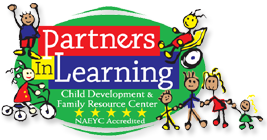If you decide to use sign language with your child, follow these simple tips and steps:
1) Choose the type of sign language you wish to use. There are many different forms of sign language, such as American Sign Language (ASL) and British Sign Language (BSL).
2) Make sure that everyone in the family and environment of the child are aware of the fact that you are teaching sign laugauge. If everyone is consistent, the process is much smoother.
3) Practice the signs before you teach them to your child. Also, do the sign multiple times while you are performing the act (sign "eat" while eating).
4) Once you introduce the sign, form the child's hand into the sign and repeat the word.
5) Prompting of the sign will become less necessary as the child learns.
6) Once the child is fluent with a number of signs, transition to requiring the child to verbally say the word and the sign in order to communicate.
7) Begin having your child eliminate the signs and using their words only.
Sign language provides social, emotional, cognitive, and communicational benefits to your child if you choose to use sign with your child. Benefits include:
- stimulation of speech and language development
- reduction of negative social behaviors
- increase in social interaction and self expression
- development of cognitive structures
Sign language is a great option as a pathway toward language and communication for your young child. Children as young as infants can begin to learn sign. Children, whether they have disabilities or not are capable of signing.
If you would like to begin learning sign language and teaching your child, come to our Sign Language Workshop! Tuesday, May 22nd from 6:30-8:00 at Partners In Learning. Registration is free, but space is limited so CALL TODAY! Childcare will be provided.
Katherine Zink
Community Inclusion Assistant





No comments:
Post a Comment